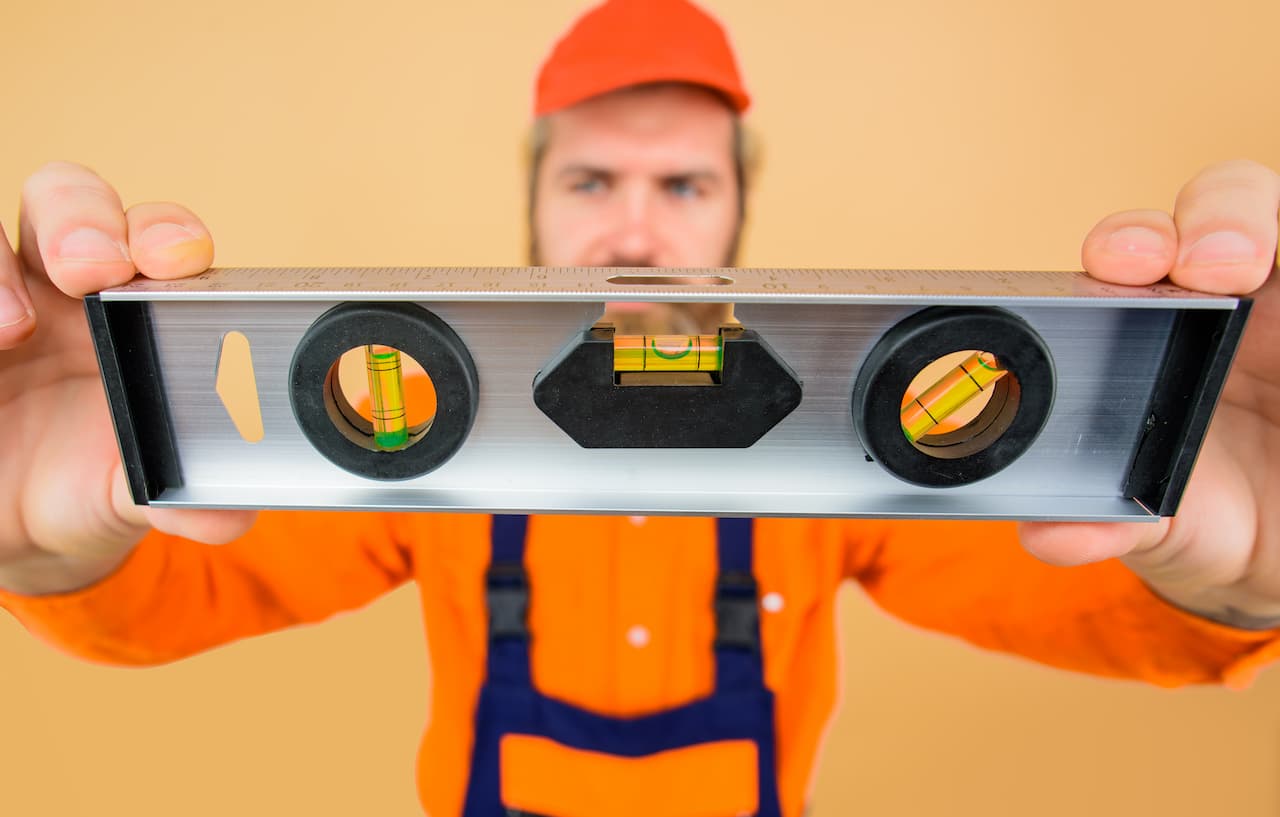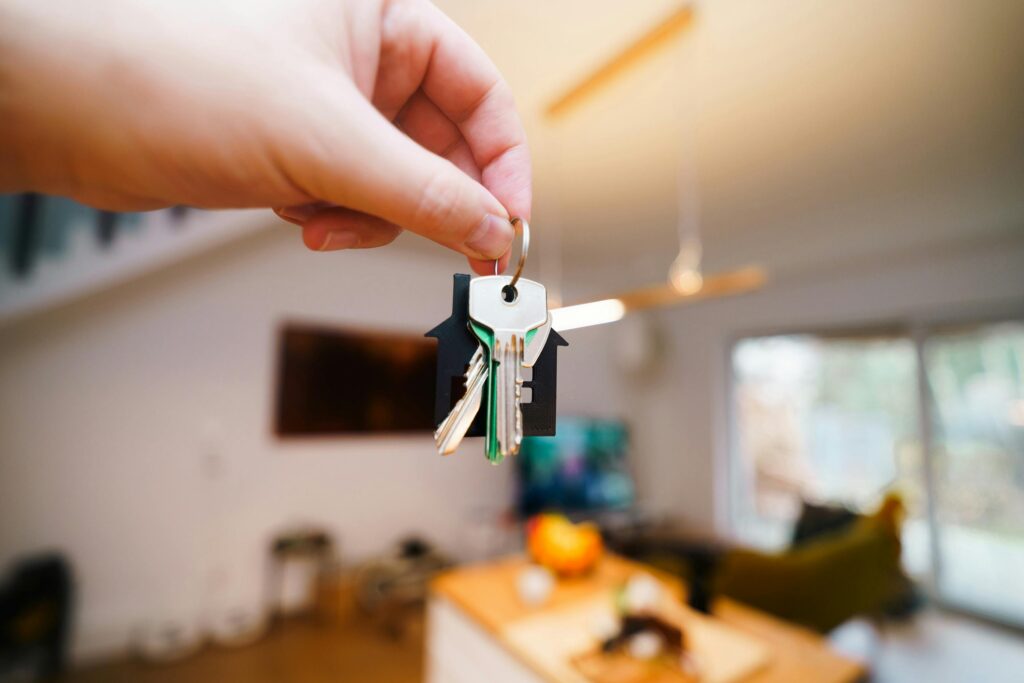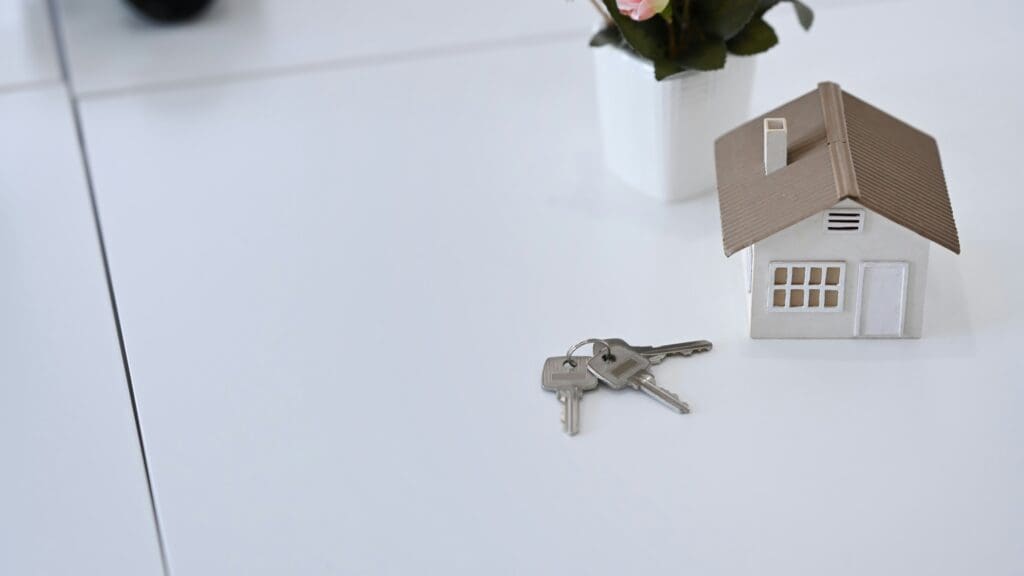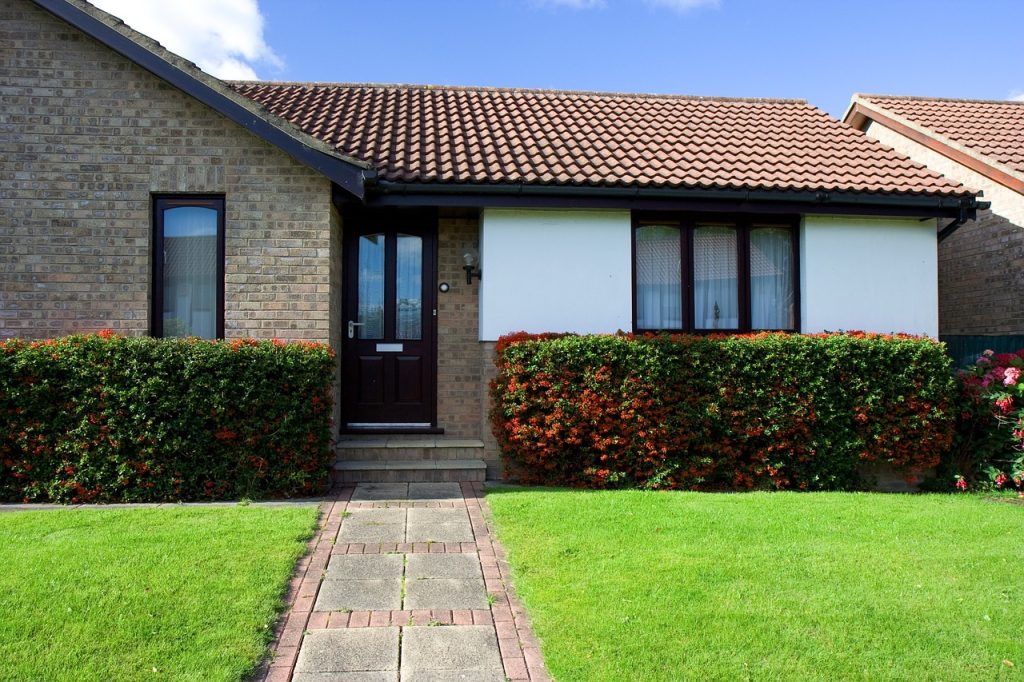How to Sell a House With Subsidence

Estimated reading time 9 minutes
Are you dealing with a subsidence problem and worried it could devalue your property? If so, then you’ve come to the right place. We understand this type of issue can be scary, especially if you’re looking to sell your home.
However, subsidence properties can still be sold, though finding a buyer can be more challenging. We’ll cover these and other details in this article to help you learn more about this issue.
What is subsidence?
Subsidence is the term for the process of the ground moving, which supports your home’s foundations. The movement can lead to the ground sinking. The foundations may drop at certain spots around the home, which causes the house to drop in those areas.
What’s more, the ground can sink at different rates under the foundations, leading to severe property damage.
What causes subsidence?
There are several different causes of the ground sinking beneath a home’s foundations, including:
Clay soil
Clay soil keeps moisture locked inside for years. Eventually, the clay may begin to dry and then sink; however, it may also expand if the clay becomes wet again.
Tree roots
This is one of the most common causes of subsidence in homes. In this case, a large tree may be located near the home. As the tree grows, the roots expand, looking for water sources.
Man-made issues
There are several man-made issues that can lead to subsidence, including poor drainage, damaged drains, the home being located in an old mining area, vibrations from local traffic, poorly prepared foundations or ground, and more.
How does subsidence look like?
Subsidence is usually easy to spot. You can look for signs that indicate subsidence, such as:
- Cracks appearing close to a window or door
- Cracks visible inside and outside
- Cracks wider than 3mm
- Cracks spreading diagonally across a wall
Other signs that may indicate subsidence include:
- Doors and windows that stick when opened or closed
- Cracks appearing between a property and an extension
- Rippling wallpaper
- House seems slanted or “wonky”
While these are the most common signs of subsidence in a home, it’s also possible you may not see any evidence of this problem! For example, it’s possible for a home to experience subsidence for years without showing any signs. What’s more, your home could develop this issue after a scorching, dry summer if it’s built on clay or is surrounded by trees.
What is historical subsidence?
There’s a difference between ongoing and historical subsidence. In the previous section, we discussed signs of continuing subsidence. Historical subsidence means that there was a subsidence problem in the past, which has been fixed.
While the problem may no longer cause damage to the home, it’s essential to let the estate agent know your property had a subsidence problem in the past.
How much does subsidence devalue a property?
First, we need to let you know that a home with subsidence cannot be sold at the property’s normal market value. This is because subsidence does devalue a property.
Next, there’s no way to calculate how much subsistence may devalue your property. Again, the reason is due to the many factors that cause subsidence, including the extent of damage, the cause, and even the location of the problem. For these reasons, it’s not possible to determine precisely how much the property will be devalued.
However, it is possible to determine the amount your home is devalued by subsidence. The calculations are based on how much it would cost to make repairs, plus around 10%. However, it can even devalue a property more. In a case where subsidence significantly impacts the home, the problem may cause the property to be devalued by as much as 25%.
Can subsidence be fixed?
The normal method for repairing subsidence is a construction method called underpinning. Underpinning strengthens the property’s foundations.
Underpinning usually involves removing soil from beneath the home. The earth is replaced by more robust materials, with deeper footings beneath the foundation to stabilise the home’s foundation and preserve the structure.
How much does it cost to fix subsidence?
The cost for repairing subsidence depends on the size of the property and how significant the problem is. On average, the cost of underpinning depends on several factors. However, on average, a two-bedroom terraced home may cost about £5,000 to underpin. On the other hand, a four-bedroom detached home could cost about £17,000. The difference in prices is because the second home is larger than the first.
There are also other methods that can be used to repair a home with subsidence issues. We’ve put together a table with the average costs for these and underpinning homes.
| Repair Methods | Cost +VAT | Average Cost |
| Underpinning (per metre) | £1,000 to £1,750 | £1,500 |
| Underpinning (single wall) | £5,000 to £36,000 | £21,000 |
| Mass concrete method (per metre) | £250 to £500 | £375 |
| Piling | £750 to £1,500 | £1,250 per metre sq. |
| Injecting | £400 to £700 | £550 per metre sq. |
| Beam and base method | £500 to £900 | £700 per metre sq. |
| Structural engineer (hourly rate) | £50 to £90 | £70 |
| Survey | £400 to £1,500 | £950 |
| Party wall agreement | £1,500 to £3,500 | £2,500 |
| CCTV drain survey | £100 to £250 | £175 |
| Tree felling | £200 to £300 | £250 |
If your home has a significant subsidence problem, then the only solution may be underpinning. However, it can take between three to six weeks for just one wall to be underpinned. If more than one wall needs underpinning, the process can take quite a bit longer, and the cost will rise, too.
While underpinning can fix subsidence, it can still devalue your home. As a result, some buyers will not want to buy a home that has been underpinned. The main reason for this is they believe the problem could appear again and require expensive repairs.
There are some cases where the home may need to be monitored before it can be underpinned. In this case, the entire process can take up to a year. And the cost for this will also go up because of the amount of time needed for the repair project.
What’s more, any damage to your home must also be repaired and can include:
- Repointing brickwork
- Replacing bricks
- Replacing windows
- Rendering external walls
- Internal plastering and decorating
- Repairing damaged plumbing
- And more
The costs for these repairs also need to be considered when fixing a subsidence problem.
Does house insurance cover subsidence?
Some home insurance policies do cover subsidence. However, they will not cover a home if it has previously had a subsidence problem. Individual providers vary, so it’s worth checking to see if your home insurance covers this issue or not.
If your home does cover subsidence, you may still have to pay an excess.
How long do you have to declare subsidence when selling?
You must be honest and let the estate agent know if your home has ongoing or historical subsidence. You’ll also need to let them know what work was done to repair the problem. This is a legal responsibility to share the information with the estate agent and conveyancing solicitor.
In addition, it’s necessary to include information about subsidence on the Property Information Form (TA6). Again, this must be done during the conveyancing process. This is also where you’ll provide a record of any insurance claims made to your home insurance provider.
Can you sell a house with subsidence?
To be honest, you’ll have a more challenging time trying to sell your home with this type of issue. As a result, many homebuyers steer clear of homes with these types of problems.
For this reason, you may want to consider a cash buying company, which will pay cash for your home. Even in this instance, your home will still be devalued; however, you may get more money for it by selling it to a cash buying company.
Going with a cash house buyer also means you can sell your house fast and sell it hassle-free. Plus, you won’t have to pay estate agent fees or legal fees. So, you may want to seriously consider this type of sale if your home has a subsidence problem.
Sell your house online today with Bettermove. Contact our expert team to help. Find out more with out step by step guide to selling your house.



